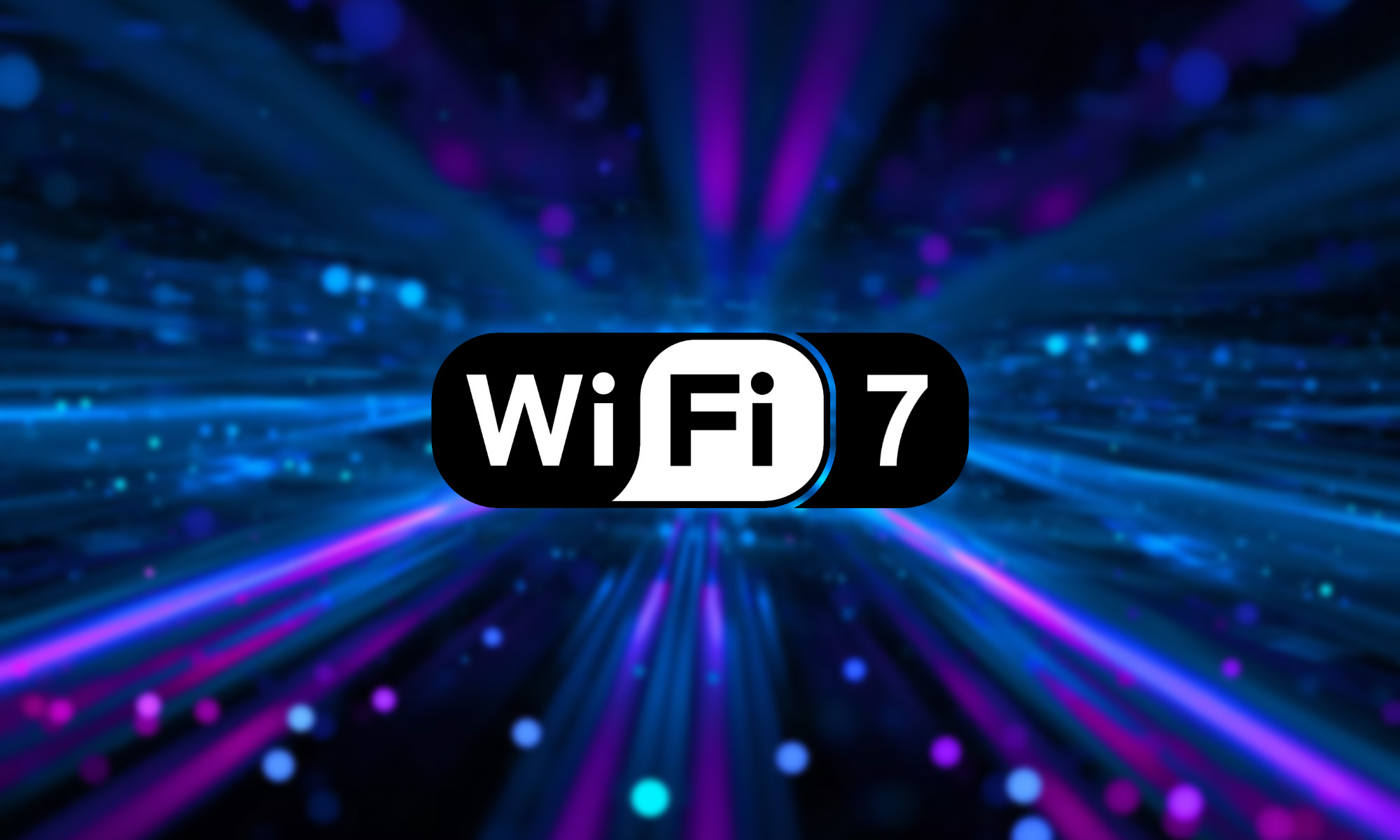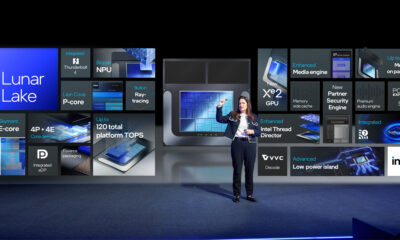News
Intel And Broadcom Show Off Super-Fast Wi-Fi 7 Technology
The two tech giants demonstrated the speed and stability of the incoming new Wi-Fi standard in a showcase event in Santa Clara, California.

Although overshadowed by the announcement of Queen Elizabeth II’s death, the Intel Corporation and Broadcom yesterday quietly ushered in a huge milestone in tech with a demonstration of the first cross-company Wi-Fi 7 implementation.
The collaboration showcased consistent Wi-Fi speeds of over 5 gigabits per second (5Gbps), using an Intel Core laptop connected to a Broadcom access point.
“We are proud to highlight how next-generation Wi-Fi 7 can make new mobile PC experiences possible. Industry collaboration is essential to ensure we deliver on the promises of this new wireless technology. We would like to thank our colleagues at Broadcom for their great technical cooperation, which helped enable this unprecedented, first-of-its-kind demonstration of ultra-high speed and ultra-low latency Wi-Fi 7,” says Carlos Cordeiro, Intel Fellow and Wireless CTO, Client Computing Group, Intel.
Wi-Fi 7 will be the gold standard for at least 10 years of product releases, offering high speeds, increased stability, and low latency compared to existing solutions. For technology fans wanting more details, Wi-Fi 7 will feature wider 320 MHz channels in the 6GHz spectrum, higher order 4K QAM modulation, and improved channel utilization.
“Today’s milestone sends a clear message: the ecosystem is ready, and Wi-Fi 7 is here to deliver extraordinary capacity and blazing fast speeds to extend gigabit broadband. The reliable, low latency communication provided by Wi-Fi 7 is a key element of Broadcom’s vision for connecting everything as the Internet evolves to its next iteration,” says Vijay Nagarajan, vice president, Wireless Connectivity Division, Broadcom.
Also Read: How To Change Your Wi-Fi Password To Keep Intruders At Bay
For those less concerned about the details and more interested in future applications, the new Wi-Fi standard will almost certainly be put to work in augmented and virtual reality settings, enabling fast and steady streaming of ultra-high-definition 16K video.
As our homes become increasingly connected and more devices rely on wireless signals, gamers and work-from-home employees alike will benefit from massive speed increases, while regular multimedia users will benefit from stable streams and better utilization of high-speed broadband and fiber internet services.
News
Google Releases Veo 2 AI Video Tool To MENA Users
The state-of-the-art video generation model is now available in Gemini, offering realistic AI-generated videos with better physics, motion, and detail.

Starting today, users of Gemini Advanced in the MENA region — and globally — can tap into Veo 2, Google’s next-generation video model.
Originally unveiled in 2024, Veo 2 has now been fully integrated into Gemini, supporting multiple languages including Arabic and English. The rollout now brings Google’s most advanced video AI directly into the hands of everyday users.
Veo 2 builds on the foundations of its predecessor with a more sophisticated understanding of the physical world. It’s designed to produce high-fidelity video content with cinematic detail, realistic motion, and greater visual consistency across a wide range of subjects and styles. Whether recreating natural landscapes, human interactions, or stylized environments, the model is capable of interpreting and translating written prompts into eight-second 720p videos that feel almost handcrafted.
Users can generate content directly through the Gemini platform — either via the web or mobile apps. The experience is pretty straightforward: users enter a text-based prompt, and Veo 2 returns a video in 16:9 landscape format, delivered as an MP4 file. These aren’t just generic clips — they can reflect creative, abstract, or highly specific scenarios, making the tool especially useful for content creators, marketers, or anyone experimenting with visual storytelling.
Also Read: Getting Started With Google Gemini: A Beginner’s Guide
To ensure transparency, each video is embedded with SynthID — a digital watermark developed by Google’s DeepMind. The watermark is invisible to the human eye but persists across editing, compression, and sharing. It identifies the video as AI-generated, addressing concerns around misinformation and media authenticity.
While Veo 2 is still in its early phases of public rollout, the technology is part of a broader push by Google to democratize advanced AI tools. With text-to-image, code generation, and now video creation integrated into Gemini, Google is positioning the platform as a full-spectrum creative assistant.
Access to Veo 2 starts today and will continue expanding in the coming weeks. Interested users can try it out at gemini.google.com or through the Gemini app on Android and iOS.
























